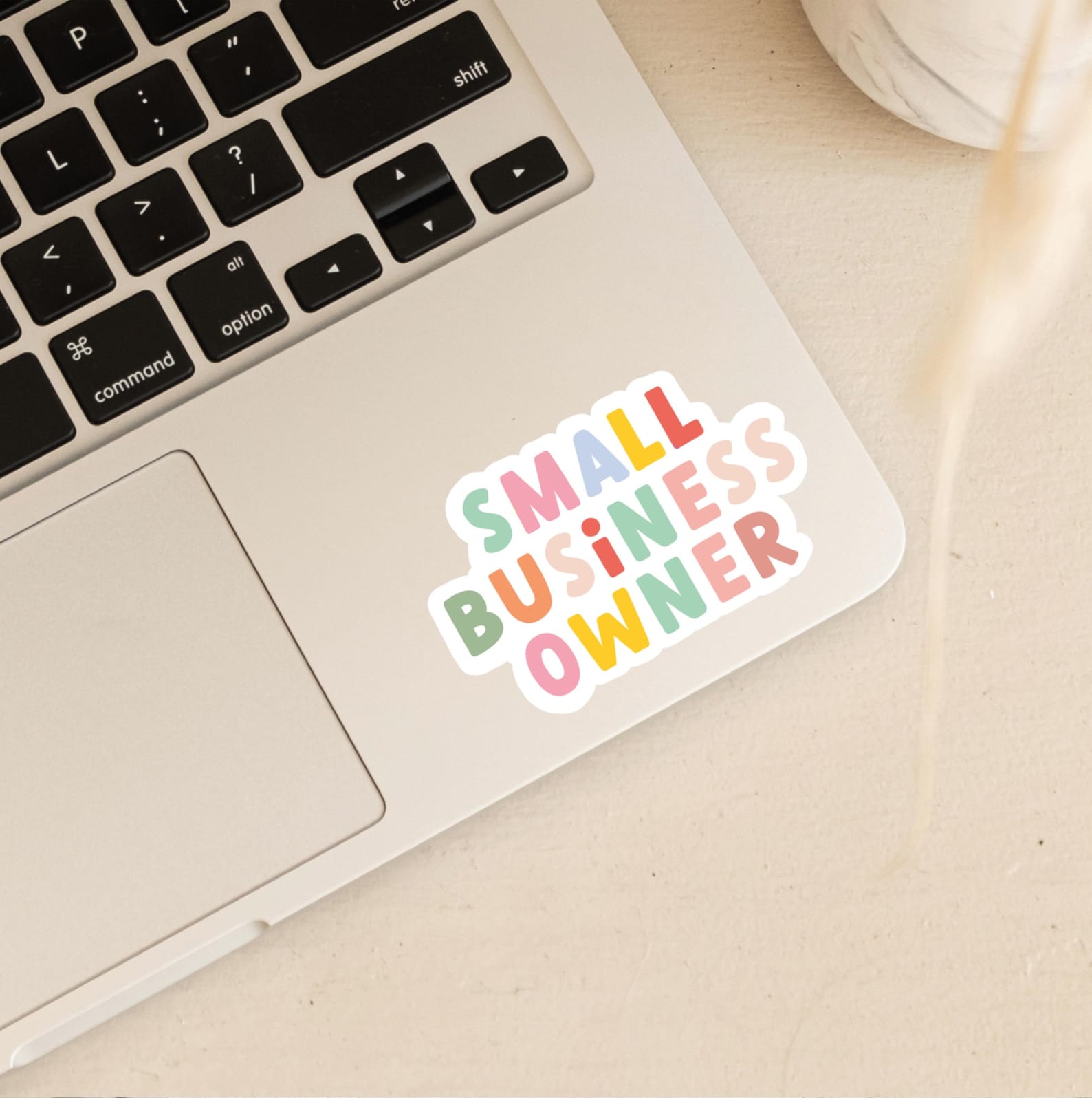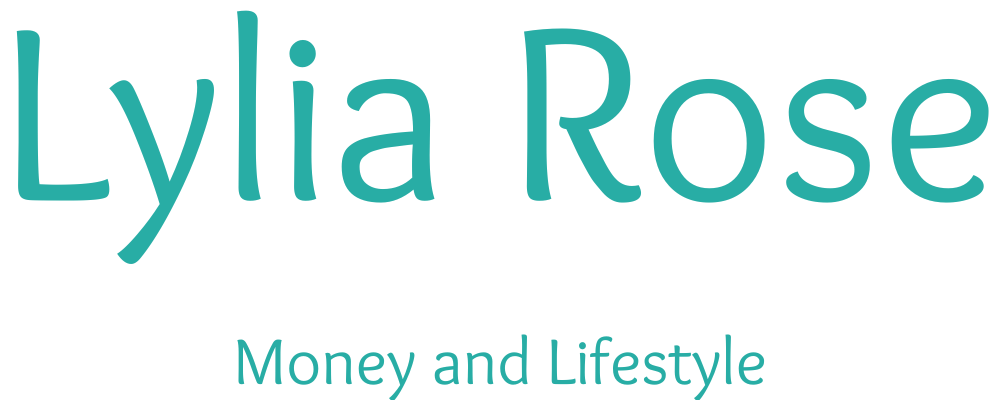How to Choose the Best Marketing Channel for Your Business
Posted on
Marketing your business can feel overwhelming at times. There are so many channels, platforms, and tools to choose from that it’s hard to know where to start. Should you focus on social media? Email marketing? Paid ads? Or maybe content marketing?
With so many options available, it’s easy to spread yourself too thin. But here’s the truth: you don’t need to be everywhere. You just need to be where your audience actually is.
Choosing the right marketing channel isn’t about doing everything. It’s about doing the right things — the ones that truly connect you with your ideal customers and deliver results for your business.
Let’s break down how to choose the best marketing channels for your business niche, step by step.

Understand your business niche first
Before you decide where to market your business, you need to know who you’re talking to and what makes your brand different.
Your business niche is the specific area or market you serve. It’s what sets you apart from everyone else. Maybe you run a vegan skincare brand, a handmade jewellery shop, or a small online consultancy. Whatever your niche, understanding it clearly will shape how and where you market your business.
Think about:
-
What makes your business unique?
-
Who benefits most from your products or services?
-
What problems do you solve for your customers?
Once you know your niche, you can start matching it to the right marketing channels that reach your exact type of customer — not just anyone scrolling by.
Know where your audience spends their time
You can’t reach your audience if you don’t know where they hang out. That’s the first rule of smart marketing.
Do some digging. Are your potential customers active on social media? If so, which platforms? Do they read blogs? Listen to podcasts? Rely on email newsletters? Or are they more likely to find businesses through Google searches or local recommendations?
Here’s a quick way to think about it:
-
Instagram and TikTok: Great for visual businesses — fashion, food, beauty, lifestyle, travel.
-
LinkedIn: Perfect for B2B, consultants, coaches, and service-based businesses.
-
Pinterest: Excellent for bloggers, creative businesses, and eCommerce brands with visual content.
-
Email marketing: Works across most niches for building long-term relationships.
-
Google search and SEO: Ideal for consistent organic growth and evergreen visibility.
-
Local advertising or networking: Best for location-based or community-focused businesses.
If you’re targeting younger audiences, social media might be your strongest channel. But if your customers are professionals, LinkedIn or email may work better.
Don’t guess — check your analytics, run surveys, or even ask your existing customers how they found you. The goal is to meet your audience where they already are.

Self-Employed Era Soy Wax Candle: Small Business Owner Gift
Choose platforms that fit your brand personality
Once you know where your audience spends their time, think about which platforms best represent your brand.
Each channel has its own vibe and way of communicating. A creative business might shine on Instagram or Pinterest because visual storytelling works beautifully there. But if you offer something more professional or advice-driven, you’ll likely perform better on LinkedIn or through long-form blog content.
Here’s what that might look like in practice:
-
Creative brands: Instagram, TikTok, Pinterest — use strong visuals and short, engaging videos.
-
Professional services: LinkedIn, blogs, podcasts — share valuable insights and build credibility.
-
Retail and eCommerce: Instagram, Facebook, email — mix visuals with personal storytelling.
-
Coaches or consultants: LinkedIn, YouTube, email — build trust through value-led content.
Think of each platform as a stage. Your job is to pick the stage where your message fits best and feels natural for your brand’s personality.
Match your content type to your audience
Content and channel go hand in hand. The type of content your audience likes will help you decide where to focus your marketing efforts.
Ask yourself: do they prefer quick updates, in-depth guides, videos, or personal stories?
If your niche loves quick inspiration and visual content, platforms like Instagram or TikTok are perfect. If they want in-depth insights and advice, then a blog, YouTube channel, or email newsletter will serve you better.
Here’s a quick guide:
-
Video tutorials and product demos: YouTube, TikTok, Instagram Reels.
-
Educational or informative content: Blogs, podcasts, LinkedIn posts.
-
Visual storytelling: Instagram, Pinterest.
-
Personal connection and loyalty building: Email newsletters.
Your goal is to create content your audience genuinely wants to see. When you focus on what they value most, your marketing starts to feel like a natural conversation rather than a sales pitch.

Thank You Stickers: Gold Foil Kraft Paper, Small Business Labels
Start small and test what works
You don’t need to master every marketing channel overnight. In fact, trying to do too much too soon can leave you burnt out and frustrated.
Start small. Choose one or two channels that feel right for marketing your small business and your audience. Create consistent content, measure your results, and adjust based on what works.
For example, you might start by posting regularly on Instagram and building an email list. Once those are running smoothly, you can experiment with blog content or YouTube videos.
The key is to focus on progress, not perfection. Every business is different, and what works for one brand might not work for another.
Test, learn, and grow — that’s how you’ll find your strongest channels over time.
Set a realistic marketing budget
It’s easy to get excited about marketing and spend more than you planned. Ads, tools, and freelancers can all add up quickly. That’s why setting a clear budget is essential.
Decide how much you can realistically afford to spend each month. Then divide that across your chosen channels. For example, you might allocate:
-
£100 for social media ads
-
£50 for email marketing software
-
£0 for organic blog or SEO work if you’re handling it yourself
Start with small investments and scale up once you see consistent results. Remember, the goal isn’t to spend more — it’s to spend smarter.
You’ll learn which channels give you the best return on investment (ROI), and those are the ones worth putting more money into.

Track your results and stay flexible
Marketing isn’t static. What works today might not work six months from now. That’s why it’s important to track your performance and stay flexible.
Use tools like Google Analytics, social media insights, or email reports to see what’s resonating with your audience. Look for patterns — which posts drive traffic, which emails get opened, and which ads bring sales.
If something isn’t working, don’t be afraid to pivot. The beauty of digital marketing is that you can adjust quickly and try something new.
Consistency is key, but so is adaptability. The best marketing strategies evolve with your audience, not against them.
Build long-term relationships, not just traffic
It’s tempting to chase likes, clicks, and quick wins. But lasting success comes from building genuine relationships with your audience.
When people trust your brand, they buy more, refer more, and stay loyal longer. And that kind of growth is worth far more than viral attention.
So whatever channel you choose, focus on delivering value. Teach, inspire, or entertain your audience. Show them that your business understands their needs and cares about their goals.
Over time, that trust will turn into steady sales and loyal customers — the kind of results every small business dreams of.

Final thoughts
Choosing the right marketing channel for your business isn’t about following trends or copying competitors. It’s about knowing your audience, staying true to your brand, and focusing your energy where it matters most.
Start small, track your progress, and build from there. You don’t need every platform — just the right ones for your niche.
When you understand where your audience spends their time and what type of content connects with them, marketing starts to feel easier. More natural. More human.
And that’s when it really starts to work.
